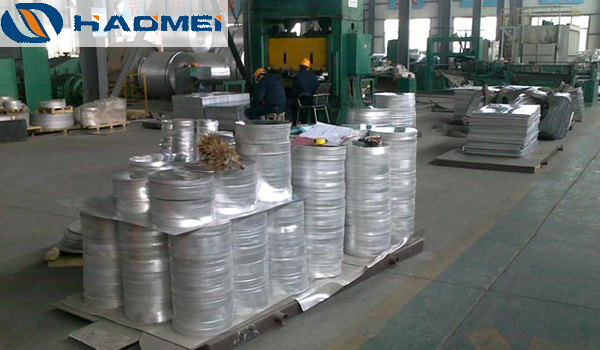According to incomplete statistics, about half of the world’s cooking utensils made of aluminum circle, the cooking energy effect up to 93%, while the stainless steel and cast iron are only 1/3 of aluminum. Use of aluminum circles to produce cooking utensils will increase the physical and chemical properties greatly, making the cookware’s conductivity, thermal conductivity, heat resistance and other characteristics improved, provide protection for the production of a better diet.

Aluminum circle for cookware manufacturing as a metal with very high thermal conductivity, it will not rust, and can maintain a variety of corrosion resistance. As the aluminum is easy to contact with some food after a long time, so in the production of cooking utensils the factory will add a small amount of other metal elements in the aluminum material to improve performance. Aluminum is generally present in the form of stretching, casting or anodic oxidation. Stretch aluminum is formed by rotary stamping. As the aluminum is soft, adding magnesium, copper, bronze to made of aluminum alloy can increase the strength. Casting aluminum is often thicker than stretching aluminum, this structure is more suitable for thick soup pot. As in the casting aluminum production process, very small pores are easily to occur, making the thermal conductivity less than the tensile aluminum. Anodized aluminum has format a oxide layer on the surface, it play a protective role, it is hard and difficult to react with other substances. At present, most of the cooking utensils on the market mainly produced from manganese aluminum alloy. The combination of manganese and aluminum in the manufacture of cookware can effectively promote the physical and chemical properties of each other.
Reprinted from: http://www.aluminium24.eu/new/aluminum-circle-for-cookware-manufacturing.html